Adverbs of Frequency
Adverbs of frequency tell us how often something happens. Words like “always,” “sometimes,” and “never” tell us how regularly actions occur.
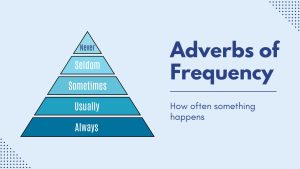
Adverbs of frequency tell us how often something happens. Words like “always,” “sometimes,” and “never” tell us how regularly actions occur.

Perfect verbs show actions that are finished, like “I have eaten”. To use the perfect tense, we need the past participle of a verb.

Active vs passive voice. Active voice means the subject does the action. Passive voice flips it around, making the action done to the subject.
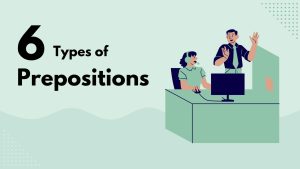
Explore the types of prepositions – time, place, direction, agent, purpose, & manner. Each specifies when, where, how, and why actions occur.
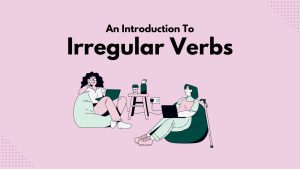
Irregular verbs don’t follow the usual rules for changing tense. Irregular verbs are unique and often require memorizing like “go” is “went”.
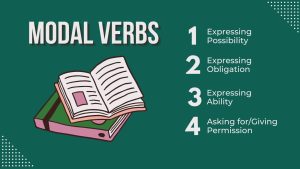
Modal verbs are special verbs that add meaning to the main verb in a sentence. They show possibility, ability, permission, or obligation.
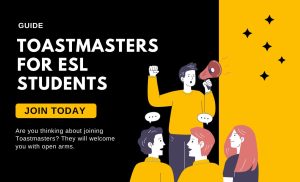
For anyone who wants to learn English, this is one of the best ways to practice speaking English. Here’s my personal experience.
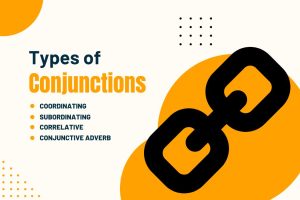
Conjunctions show the relationship between ideas, making our writing easier to understand. Learn about the types of conjunctions.
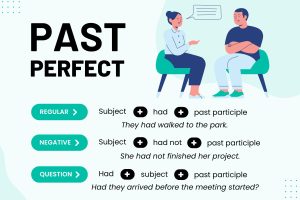
The past perfect tense talks about actions completed before another past moment. It helps understand the sequence of past events.
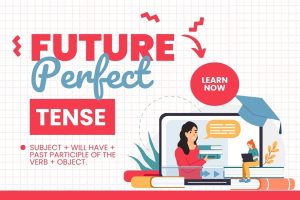
We use the future perfect tense when there is an action that will be finished by a certain time – “By 2030, we will have landed on Mars.”